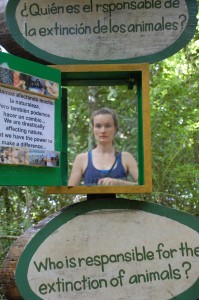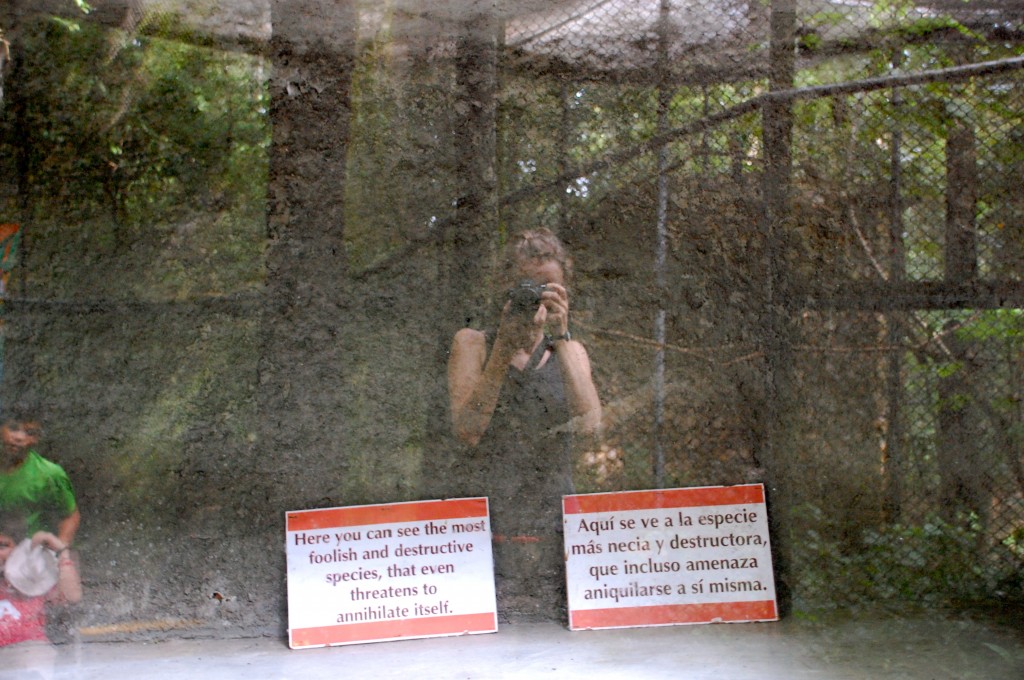Last week, I found myself sitting in front of Cetacea Lab’s spectacular observation window staring at absolutely nothing for several days straight. A heavy front had rolled in and settled across Taylor Bight; even the island less than half a kilometer away was cloaked. One never knows with cetaceans, so we were doing whale scans nevertheless: left to right; front to middle; middle to back. Creatures to locate, identify and mark down on a sheet. As the hours passed one shift, my thoughts drifted from the chair where my body sat. Somewhere out in the fog, I had repositioned myself to face the observer, his tireless red eye gazing from the Tower of Taylor Bight. As the vision-cone came sweeping by, I lowered my dorsal fin and quietly sank into the bubbles.
One of the hardest things about doing science, as I’ve come to know it, is in confronting that strange dialectic between boredom and curiosity. How to pair the scanning, counting, and data crunching that confines our thought with the mental openness necessary to cultivate liberatory interspecies relationships? I’ve coined a term for the condition I sometimes find myself in with the scan work: panoptic boredom. It emerges in that flattening state of specular repetition – a psychic and bodily indigestion which is also a hunger for more visuals to gnaw away at. I’d like to advance the idea that panoptic boredom operates as an extreme foreshadowing of Facebook. Both produce boredom effects by a similar set of imperatives structuring the relation between observer and observed: Looking rates that make possible the surveilling of multiple identities instead of individuals; looking-rules that train the eye to gravitate towards known-in-advance information coordinates; embodied looking-roles that mediate the observer’s position with an interface – a window or a screen.
To feel boredom of any sort presupposes many sorts of privileges. To occupy the panoptic position suggests power. I’m not trying to bemoan the drudgeries of information work or disavow its responsibilities. But as a critical geographer doing whale science, I am beginning to rethink the politics of discipline – all too easily a shock word for me and many of my colleagues. Dedicated scientists who ‘look out’ for animals must pass through panoptic boredom and all its condition forms of neglect, distraction, and imaginative fancy. We need disciplining strategies to perform the identifications necessary to provide space for our companion species, and that means strategies that respect their dramatic ‘nonidentity’ as well – Theodore Adorno’s word for the preponderant ‘thing’ which necessary overcomes its own conceptualization. In their panoptic spatial disciplining, I wonder if critical scientists aren’t in fact performing a kind of suffering – foregoing the depth of their interspecies encounter so that others may find fullness. As scientific activity, panoptic boredom is a like a sigh marking the absence of that feature we should never lose sight of: scientific curiosity.





